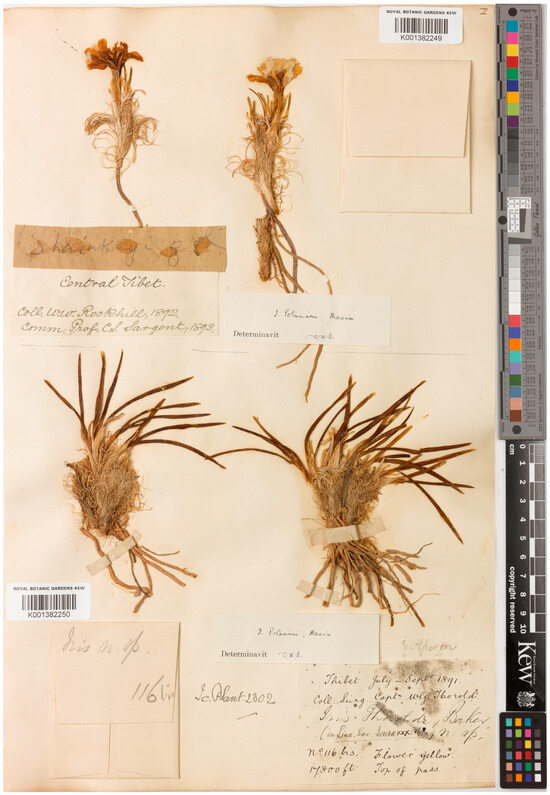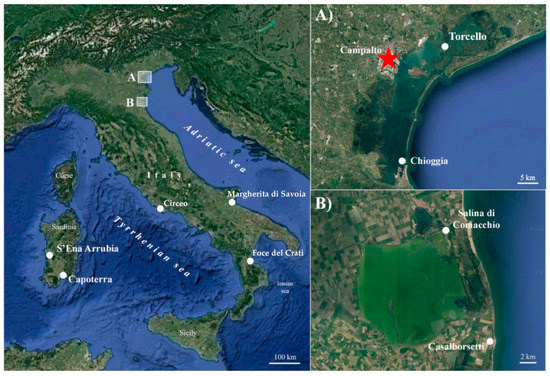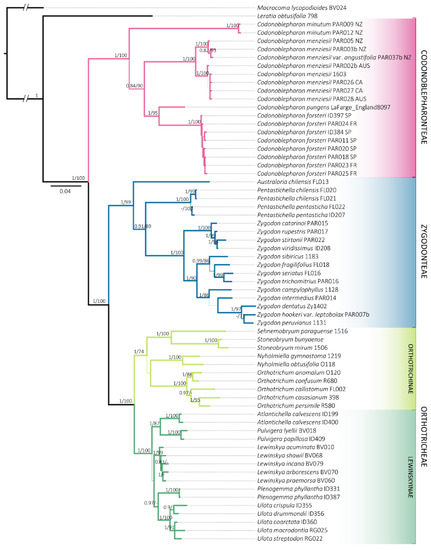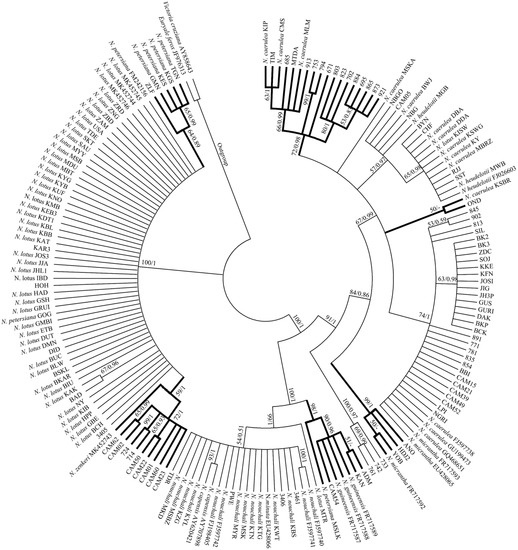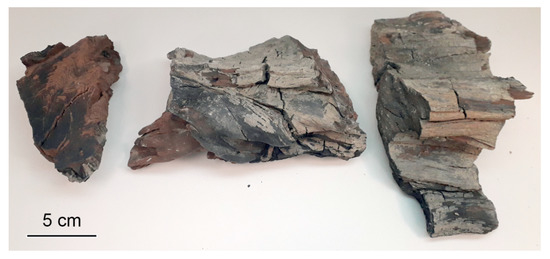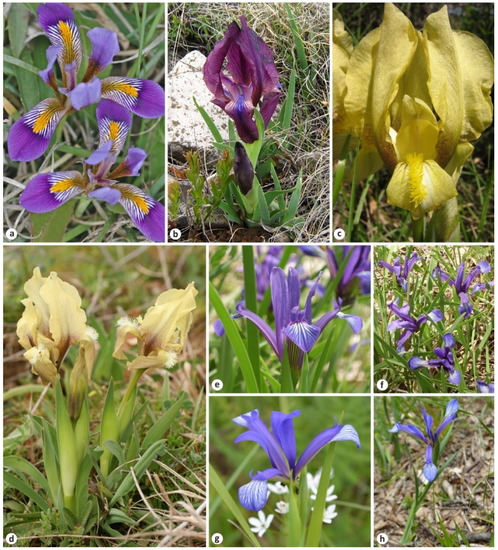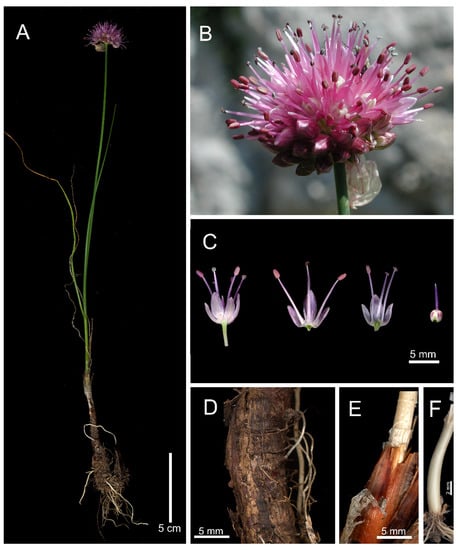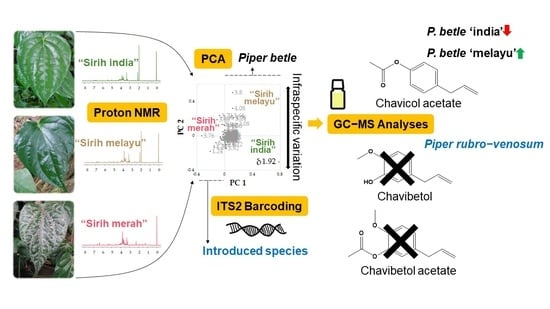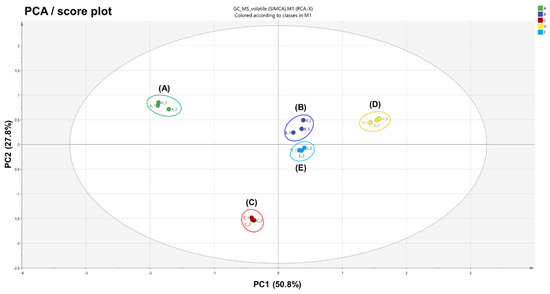Feature Papers in Plant Systematics, Taxonomy, Nomenclature and Classification
A topical collection in Plants (ISSN 2223-7747). This collection belongs to the section "Plant Systematics, Taxonomy, Nomenclature and Classification".
Viewed by 34739Editors
Interests: angiosperm systematics (taxonomy, evolution, and phylogenetic relationships of flowering plants); diversity and relationships of crop plants and their wild relatives; ethnobotany (study of the direct relationships and interactions between people and plants)
Interests: taxonomy and systematics of flowering plants; molecular phylogenetic; plant nomenclature; phytogeography; Asparagales; Brassicales; Caryophyllales
Special Issues, Collections and Topics in MDPI journals
Topical Collection Information
Dear Colleagues,
As is apparent from the title, this Topical Collection “Feature Papers in Plant Systematics, Taxonomy, Nomenclature and Classification” aims to collect high-quality research articles, short communications, and review articles in all fields about the latest studies and feature papers in plant systematics, taxonomy, nomenclature and classification.
For the selected works of this section on plant systematics, taxonomy, nomenclature and classification, we will focus on plant discovery and identification, description and nomenclature, classification and evolution. Topics covered in this section include, but are not limited to:
- molecular phylogenetics
- taxonomy and nomenclature
- community phylogenetics
- phylogeography
- plant domestication
- speciation and species concepts
- historical biogeography
- character evolution
- hybridization
- polyploidy
Prof. Dr. Daniel Potter
Prof. Dr. Manuel B. Crespo
Collection Editors
Manuscript Submission Information
Manuscripts should be submitted online at www.mdpi.com by registering and logging in to this website. Once you are registered, click here to go to the submission form. Manuscripts can be submitted until the deadline. All submissions that pass pre-check are peer-reviewed. Accepted papers will be published continuously in the journal (as soon as accepted) and will be listed together on the collection website. Research articles, review articles as well as short communications are invited. For planned papers, a title and short abstract (about 100 words) can be sent to the Editorial Office for announcement on this website.
Submitted manuscripts should not have been published previously, nor be under consideration for publication elsewhere (except conference proceedings papers). All manuscripts are thoroughly refereed through a single-blind peer-review process. A guide for authors and other relevant information for submission of manuscripts is available on the Instructions for Authors page. Plants is an international peer-reviewed open access semimonthly journal published by MDPI.
Please visit the Instructions for Authors page before submitting a manuscript. The Article Processing Charge (APC) for publication in this open access journal is 2700 CHF (Swiss Francs). Submitted papers should be well formatted and use good English. Authors may use MDPI's English editing service prior to publication or during author revisions.








